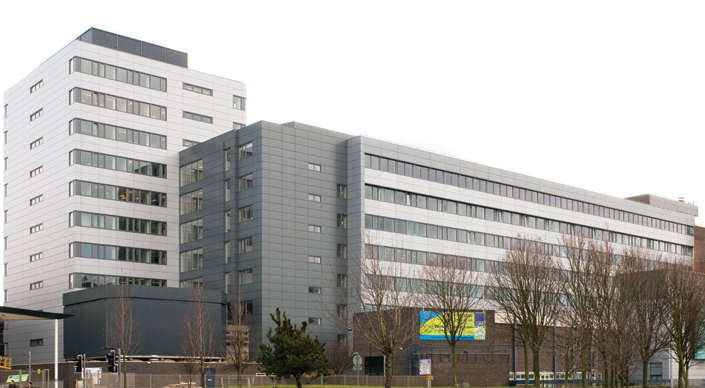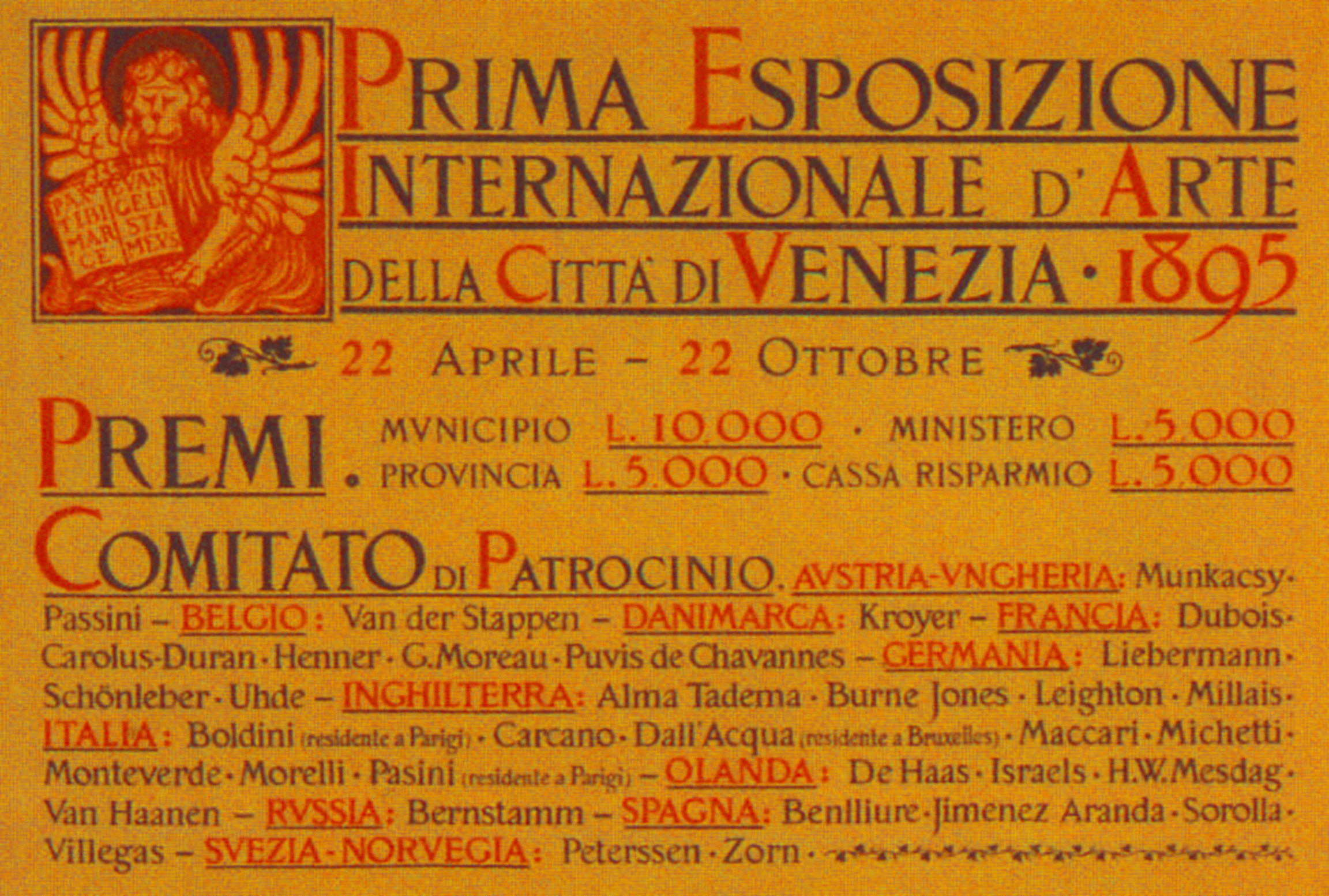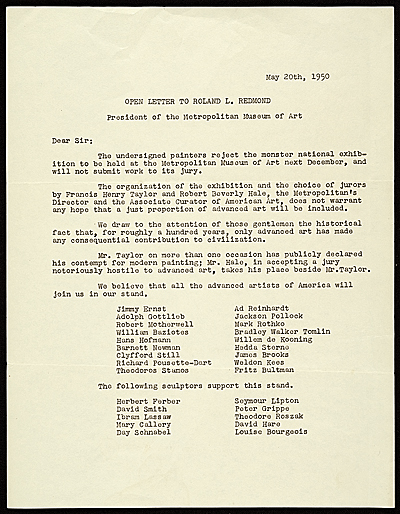|
Sandra Blow
Sandra Betty Blow (14 September 1925 – 22 August 2006) was an English abstract painter and one of the pioneers of the British abstract movement of the 1950s. Blow's works are characteristically large scale, colourful abstract collages made from discarded materials. Born in London, she suffered scarlet fever as a child, spending weekends and holidays at her grandparents' fruit farm in Kent. There she spent time painting, before enrolling at Saint Martin's School of Art between 1941-1946, and then the Royal Academy Schools, 1946-1947. She later enrolled at the Accademia di Belle Arti in Rome, where she met Alberto Burri, her partner of a few years. Blow and Burri travelled in Italy together before moving to and working in Paris, and Burri became a life long influence in her work. Early life Sandra Betty Blow was born on 14 September 1925 in Newington, London. She came from a Jewish family; her father, Jacob (Jack), who was a fruit wholesaler, and her mother, Leah (Lily) nee Ru ... [...More Info...] [...Related Items...] OR: [Wikipedia] [Google] [Baidu] |
Ida Kar
Ida Kar (8 April 1908 – 24 December 1974) was a photographer active mainly in London after 1945. She took many black-and-white portraits of artists and writers. Her solo show of photographs at the Whitechapel Gallery in 1960 was the first of its kind to be held in a major public gallery in London. Kar thus made a significant contribution to the recognition of photography as a form of fine art. Life and work Kar was born Ida Karamian (or Karamanian) in Tambov in Russia on 8 April 1908. Her parents were Armenian; her father taught mathematics and physics. The family moved to Iran when Kar was eight, and to Alexandria in Egypt when she was thirteen. She studied at the Lycée Français there. When she was twenty she went to Paris to study chemistry and medicine, but soon began to study singing instead. She frequented the ''avant-garde'' artists and writers of the Parisian Rive Gauche, among them Piet Mondrian and Yves Tanguy, and became interested in socialist politics, in ph ... [...More Info...] [...Related Items...] OR: [Wikipedia] [Google] [Baidu] |
Gimpel Fils
Gimpel Fils is a London art gallery previously located at 30 Davies Street in Westminster just off Grosvenor Square and has since moved. The gallery was founded by Charles and Peter Gimpel, sons of the celebrated Parisian art dealer, René Gimpel, author of the '' Diary of an Art Dealer''.Gimpel Fils: About Gimpel Fils. Retrieved 2016-2-25.Kostyrko, Diana J., 'René Gimpel's ''Diary of an Art Dealer'' ', ''The Burlington Magazine'', Sept. 2015, no. 1350, vol. 157, pp. 615-619. Throughout its history it has maintained a commitment to contemporary British and International art."Artslant: Gimpel Fils" , Artslant.com. Retrieved 2012-10-17. < ...
|
Liverpool John Moores University
Liverpool John Moores University (abbreviated LJMU) is a public university, public research university in the city of Liverpool, England. The university can trace its origins to the Liverpool Mechanics' School of Arts, established in 1823. This later merged to become Liverpool Polytechnic. In 1992, following an Further and Higher Education Act 1992, Act of Parliament, the Liverpool Polytechnic became what is now Liverpool John Moores University. It is named after Sir John Moores, a local businessman and philanthropist, who donated to the university's precursor institutions. The university had students in , of which are undergraduate students and are postgraduate, making it the List of universities in the United Kingdom by enrollment, largest university in the UK by total student population. It is a member of the MillionPlus, the NCUK, Northern Consortium and the European University Association. History Origins Founded as a small mechanics institution (Liverpool Instit ... [...More Info...] [...Related Items...] OR: [Wikipedia] [Google] [Baidu] |
Guggenheim International Award
The Guggenheim International Award was established in 1956 as "both a recognition of outstanding achievements in the visual arts and an important manifestation of international goodwill". A shortlist of artists and works were selected by juries to represent different countries, with one overall winner selected by the Solomon R. Guggenheim Foundation and awarded a monetary prize of US$10,000, then the largest art prize awarded in the US. Prizes were given every two years from 1956 to 1964 (omitting 1962). The award was discontinued after 1964 in order to divert funds to acquiring further artwork for the Foundation. Winners See also * Guggenheim Fellowship Guggenheim Fellowships are Grant (money), grants that have been awarded annually since by the John Simon Guggenheim Memorial Foundation, endowed by the late Simon Guggenheim, Simon and Olga Hirsh Guggenheim. These awards are bestowed upon indiv ... References External linksDocument 1960at archive.org {{Authority cont ... [...More Info...] [...Related Items...] OR: [Wikipedia] [Google] [Baidu] |
Venice Biennale
The Venice Biennale ( ; ) is an international cultural exhibition hosted annually in Venice, Italy. There are two main components of the festival, known as the Art Biennale () and the Venice Biennale of Architecture, Architecture Biennale (), which are held in alternating years (hence the name). There are also four additional components, each usually held on an annual basis, comprising , , Venice Film Festival, and Venice Dance Biennale. Between them they cover contemporary art, architecture, music, theatre, film, and contemporary dance. The main exhibition is held in Castello, Venice, Castello and has around 30 permanent pavilions built by different countries. The Biennale has been organised every year since 1895, which makes it the oldest of its kind. Since 2021, the Art Biennale has taken place in even years and the Architecture Biennale in odd years. History 1895–1947 On 19 April 1893, the Venetian City Council passed a resolution to set up an biennial exhibition of I ... [...More Info...] [...Related Items...] OR: [Wikipedia] [Google] [Baidu] |
Tate
Tate is an institution that houses, in a network of four art galleries, the United Kingdom's national collection of British art, and international modern and contemporary art. It is not a government institution, but its main sponsor is the UK Department for Culture, Media and Sport. The name "Tate" is used also as the operating name for the corporate body, which was established by the Museums and Galleries Act 1992 as "The Board of Trustees of the Tate Gallery". The gallery was founded in 1897 as the National Gallery of British Art. When its role was changed to include the national collection of modern art as well as the national collection of British art, in 1932, it was renamed the Tate Gallery after sugar magnate Henry Tate of Tate & Lyle, who had laid the foundations for the collection. The Tate Gallery was housed in the current building occupied by Tate Britain, which is situated in Millbank, London. In 2000, the Tate Gallery transformed itself into the current-day Tate ... [...More Info...] [...Related Items...] OR: [Wikipedia] [Google] [Baidu] |
Museum Of Modern Art
The Museum of Modern Art (MoMA) is an art museum located in Midtown Manhattan, New York City, on 53rd Street (Manhattan), 53rd Street between Fifth Avenue, Fifth and Sixth Avenues. MoMA's collection spans the late 19th century to the present, and includes over 200,000 works of architecture and design, drawing, painting, sculpture, photography, screen printing, prints, book illustration, illustrated and artist's books, film, as well as electronic media. The institution was conceived in 1929 by Abby Aldrich Rockefeller, Lillie P. Bliss, and Mary Quinn Sullivan. Initially located in the Crown Building (Manhattan), Heckscher Building on Fifth Avenue, it opened just days after the Wall Street Crash of 1929, Wall Street Crash. The museum was led by Anson Goodyear, A. Conger Goodyear as president and Abby Rockefeller as treasurer, with Alfred H. Barr Jr., Alfred H. Barr Jr. as its first director. Under Barr's leadership, the museum's collection rapidly expanded, beginning with an inaug ... [...More Info...] [...Related Items...] OR: [Wikipedia] [Google] [Baidu] |
Collage
Collage (, from the , "to glue" or "to stick together") is a technique of art creation, primarily used in the visual arts, but in music too, by which art results from an assembly of different forms, thus creating a new whole. (Compare with pastiche, which is a "pasting" together.) Collage may refer to the technique as a whole, or more specifically to a two-dimensional work, assembled from flat pieces on a flat substrate, whereas Assemblage (art), assemblage typically refers to a three-dimensional equivalent. A collage may sometimes include Clipping (publications), magazine and newspaper clippings, ribbons, paint, bits of colored or handmade papers, portions of other artwork or texts, photographs and other found objects, glued to a piece of paper or canvas. The origins of collage can be traced back hundreds of years, but this technique made a dramatic reappearance in the early 20th century as an art form of novelty. The term ''Papier collé'' was coined by both Georges Braque a ... [...More Info...] [...Related Items...] OR: [Wikipedia] [Google] [Baidu] |
Art Informel
Informalism or Art Informel () is a pictorial movement from the 1943–1950s, that includes all the abstract and gestural tendencies that developed in France and the rest of Europe during the World War II, similar to American abstract expressionism started 1946. Several distinguishing trends are identified within the movement such as lyrical abstraction, matter painting, New Paris School, tachisme and art brut. The French art critic Michel Tapié coined the term "art autre" (other art) in the homonymous book published in 1952 in relation to non-geometric abstract art. It was instrumental in improving the concept of abstract art in France during the early 1950s. Its use in the expression of political ideologies in South America during the early 1950s was quite common, as it was seen as the main way to show support for the changing political climate. Pictorial practices Within this tendency, each artist allows full freedom of expression to the unforeseen quality of materials ... [...More Info...] [...Related Items...] OR: [Wikipedia] [Google] [Baidu] |
Hans Hofmann
Hans Hofmann (March 21, 1880 – February 17, 1966) was a German-born American painter, renowned as both an artist and teacher. His career spanned two generations and two continents, and is considered to have both preceded and influenced Abstract Expressionism.de la Croix, Horst and Richard G. Tansey. ''Gardner's Art Through the Ages'', 7th Ed., New York: Harcourt Brace Jovanovich, 1980, p. 857–8. Born and educated near Munich, he was active in the early twentieth-century European avant-garde and brought a deep understanding and synthesis of Symbolism, Neo-impressionism, Fauvism, and Cubism when he emigrated to the United States in 1932.Chipp, Herschel B. ''Theories of Modern Art'', Berkeley & Los Angeles: University of California Press, 1968, p. 511–2. Hofmann's painting is characterized by its rigorous concern with pictorial structure and unity, spatial illusionism, and use of bold color for expressive means.Seitz, William C. ''Hans Hofmann'', New York: Museum of Modern Art ... [...More Info...] [...Related Items...] OR: [Wikipedia] [Google] [Baidu] |
Royal Academy
The Royal Academy of Arts (RA) is an art institution based in Burlington House in Piccadilly London, England. Founded in 1768, it has a unique position as an independent, privately funded institution led by eminent artists and architects. Its purpose is to promote the creation, enjoyment and appreciation of the fine arts through exhibitions, education and debate. History The origin of the Royal Academy of Arts lies in an attempt in 1755 by members of the Royal Society of Arts, Society for the Encouragement of Arts, Manufactures and Commerce, principally the sculptor Henry Cheere, to found an autonomous academy of arts. Before this, several artists were members of the Society for the Encouragement of Arts, Manufactures and Commerce, including Cheere and William Hogarth, or were involved in small-scale private art academies, such as the St Martin's Lane Academy. Although Cheere's attempt failed, the eventual charter, called an 'Instrument', used to establish the Royal Academy of ... [...More Info...] [...Related Items...] OR: [Wikipedia] [Google] [Baidu] |




